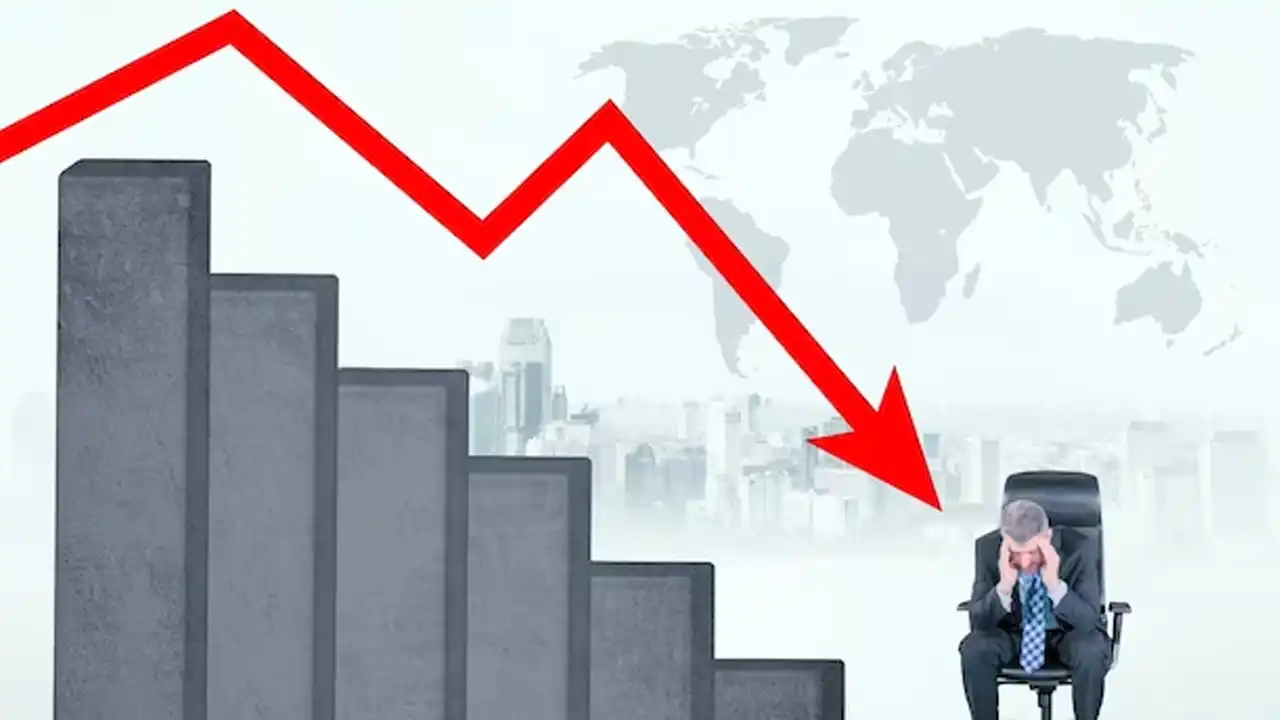The World Bank in its latest report, “Global Economic Prospects: Commodity Markets Outlook” projected a decline in the input cost in 2014. That certainly is a reason to celebrate for procurement and the sourcing team.
Let’s have a look at what the report has to say about the commodity prices.
With the exception of energy, all the key commodity price indices declined significantly in 2013, a trend that is expected to continue in 2014 too. Fertilizer prices led the decline, down 17.4 percent from 2012, followed by precious metals (down almost 17 percent), agriculture (-7.2 percent), and metals (-5.5 percent). Crude oil prices (World Bank average), which have been remarkably stable during the past three years, averaged $104/barrel (bbl) during 2013, marginally lower than the $105/bbl average of 2012.
Moving on to commodity-wise forecast;
- Metals:
Real metal prices have fallen more than any other commodity group since their peaks in early 2011. The declines in industrial metals along with an equally precipitous declines in precious metal prices, has prompted economists and analysts to argue that that the so-called commodity super cycle may be coming to an end. Yet, even though metal prices have eased recently, they are still twice as high compared to a decade ago.
The overall metal price index is expected to decline 2 percent in 2014 and 1 percent in 2015 as more supplies come on board.
- Agriculture:
Agricultural commodity prices are projected to decline 2.5 percent in 2014. Food commodities are expected to decline by 3.7 percent, followed by (-2 percent). Raw materials will increase marginally (+0.9 percent).
The beverage price index did not change much in 2013Q4 (1.1 percent up from the previous quarter), but still 7 percent than a year ago.
- Energy:
Fluctuations in oil prices have been driven mainly by geopolitical concerns (Egypt and Syria) and output disruptions (Iraq and Libya) on the supply side, and macroeconomic concerns, initially due to the European debt issues and more recently changing developing-country growth prospects on the demand side.
Nominal oil prices are expected to average $103/bbl during 2014 (down from $104/bbl in 2013) and decline to $100/bbl in 2015.
Forecasts can change due to unaccountable events like a natural disaster, political emergency etc. However, the report has detailed analysis and predictions that can help procurement plan its purchasing strategy to make the best of reduced input cost.
For detailed reading you can access the report here.




























































